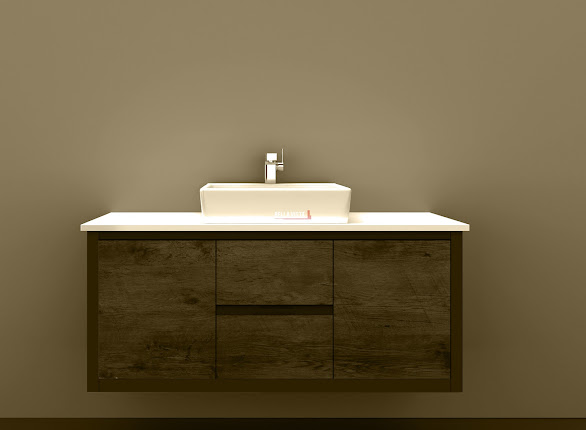Maintenance Tips For Stainless Steel Staircase Railing
Stainless steel staircase railings are common in homes because they're strong, durable and beautiful. The material used in Stainless Staircase Steel Railing is typically rust-resistant and highly corrosion resistant. However, steel can stain and even develop rust over a long period of time if left unprotected from the elements. It's critical to take steps to keep your stainless steel railing looking its best throughout its lifetime.
When properly maintained, the stainless steel stair railing will give you years of service.
Here are some tips for keeping your stainless steel staircase railing in tip-top shape:
Protect it from stains:
Stainless steel staircase railings can stain from a variety of sources, including sun exposure and natural acidic substances such as wine or berries, or even rain. To protect your railing from staining, it's important to regularly clean the components with a damp cloth and mild detergent mixture. If there are any stains or discolouration on your railing, you may be able to buff them out using a scouring pad or metal polish that's made specifically for stainless steel.
Brush off any dirt:
Do this regularly to keep your railings looking new. Rather than using a wire brush or harsh chemicals to remove dirt from the surface of the railing, use a soft-bristled paintbrush instead. The bristles won't scratch the metal and will pick up dirt easily. Wet the bristles before scrubbing away any stubborn residue from the surface of the railing.
Stripping and Polishing:
Stipping for polishing regularly will keep your staircase railing looking new. Stripping involves removing old lacquer, and polishing involves stripping solution has stripped off. Both of these tasks can be done at home, but you may need access to specialised equipment to do them well.
Water vapour can also cause corrosion of stainless steel. This happens when salt or other chemicals are present in the air due to rain or sea breeze, which then forms a film of corrosion on the surface of the metal.
The stainless steel staircase railings are exposed to the weather in two ways: water vapour in the air and the elements on the vertical face of the railing. The water vapour can easily penetrate through the pores of the metal.
When exposed to this corrosive layer, the moisture penetrates the metal and causes rusting from inside out, resulting in pitting or holes on its surface. This process can be prevented by applying a protective coating over your railing design. This protective layer prevents corrosion from taking place on its surface while allowing interior moisture to escape through it without damaging it. There are two ways to seal your stainless steel countertops.
One way is to use a specially formulated sealer, which will leave a shiny finish. The other way is to use a matte finish sealing polish.
After cleaning, apply a stainless steel polish of your choice on the stainless steel staircase railing using a soft cloth or paper towel. Polishes are available in cream form or as a spray, but be sure to use one designed for use on stainless steel.
Another widely recommended way of steel finishing is called Passivation This is the process of applying a thin, invisible layer of metal to the surface of stainless steel. The method uses an electrical current to produce a thin layer of chromium oxide. This thin layer protects your stainless steel staircase railing from the surface from corrosion and oxidation.
Passivation is recommended for stainless steel that will be exposed to the elements and moisture like all kinds of steel railings.
Other types of objects made from stainless steel may also benefit from passivation treatment. You can try passivation to protect your stainless steel railings from corrosion.
If you follow these tips, you can easily keep your stainless steel staircase railing looking new and shiny.




Comments
Post a Comment